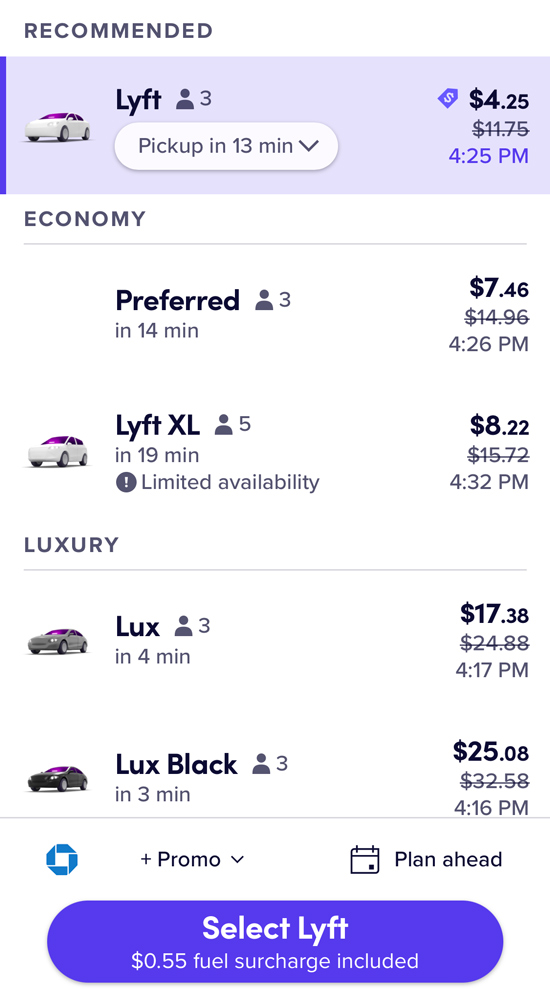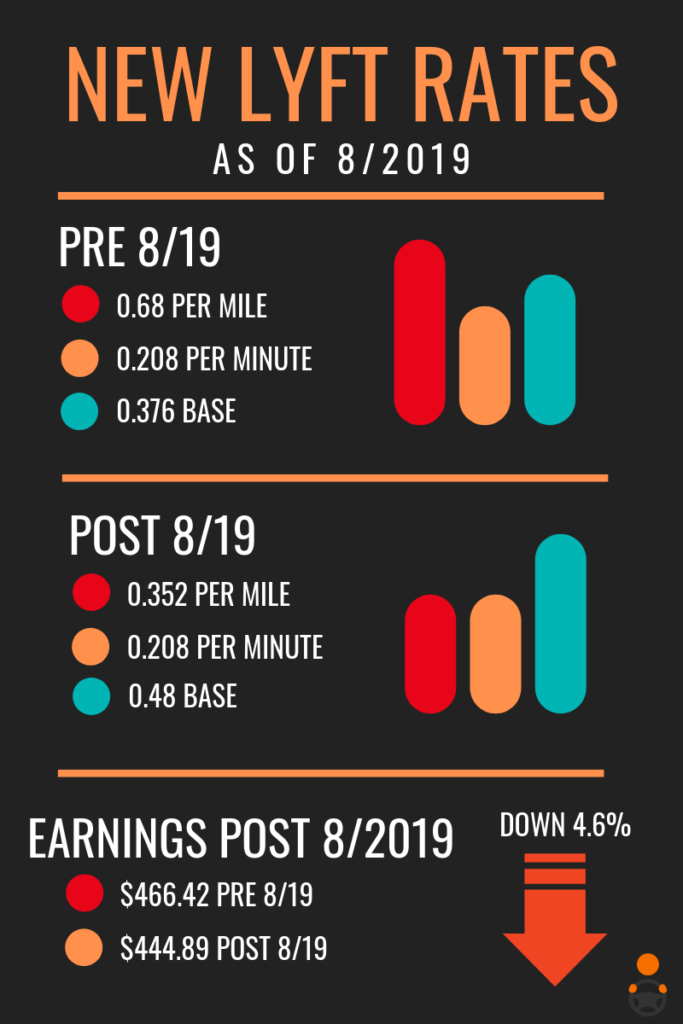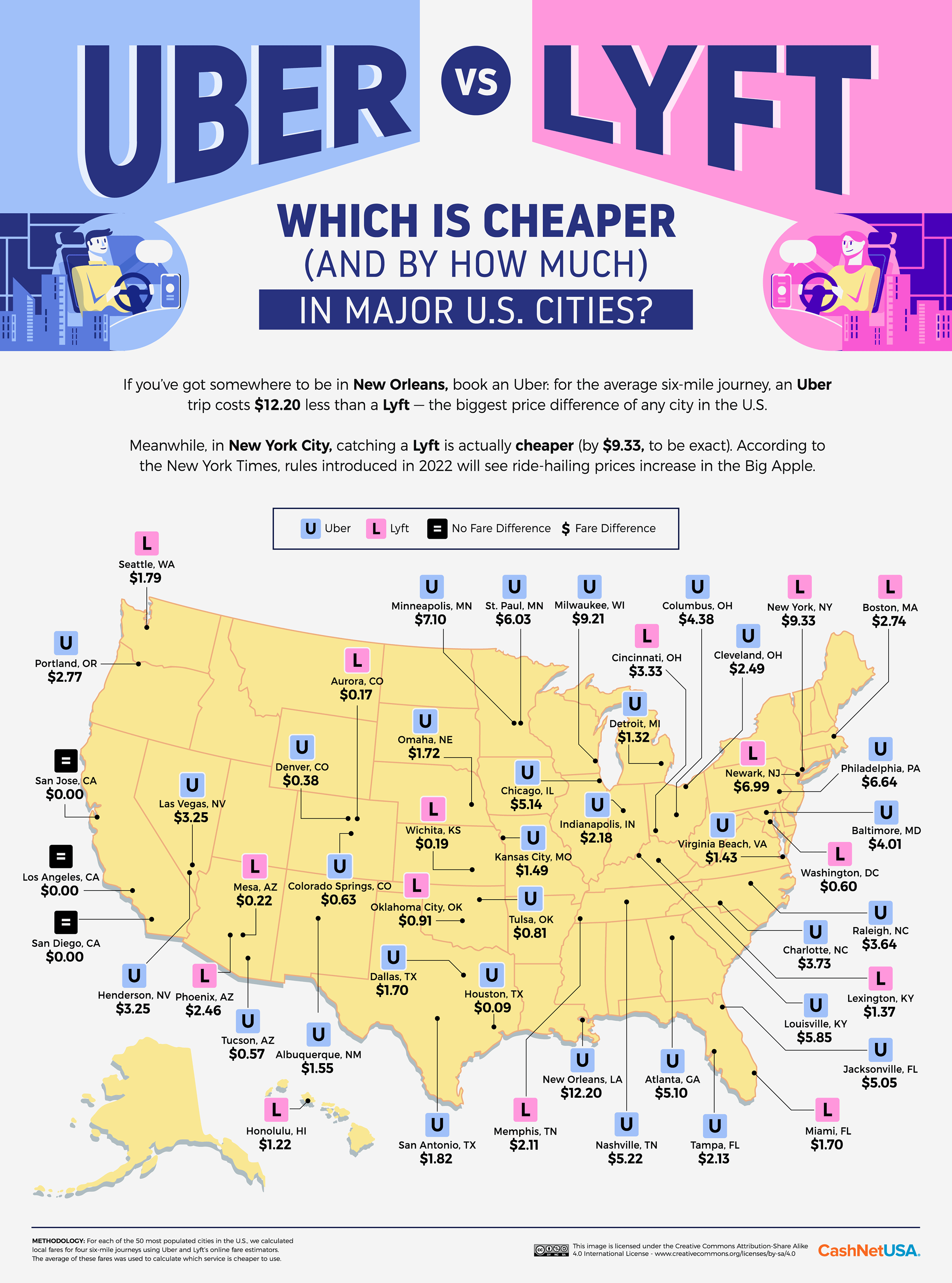Lyft Ride Guide: Tips, Fares, & How To Save Money!
Are you tired of the uncertainty that comes with ride-hailing services? Understanding how Lyft calculates its fares is the first step towards making informed decisions and avoiding any unwelcome surprises when the final bill arrives.
Navigating the world of ride-sharing can sometimes feel like deciphering a complex equation. While the convenience of services like Lyft has revolutionized how we get around, the pricing structure can be, at times, less than transparent. This article aims to demystify the factors that influence your Lyft fare, empowering you to become a more savvy and informed passenger. From the basics of fare calculation to the nuances of surge pricing, we'll break down everything you need to know to make the most of your Lyft experience.
Let's delve into the core components that make up your Lyft fare. The overall cost of your ride isn't a simple flat rate; it's a combination of several elements, each playing a role in determining the final price. Understanding these components is crucial for anticipating your ride costs and making smart choices about when and how you use the service.
Lyft's Fare Calculation: Unveiling the Components
The Lyft fare is made up of three primary elements, working in concert to determine the overall cost of your ride. Here's a closer look at each of them:
- Base Fare: This is a flat amount that covers the initial cost of the ride. It's a fixed charge that applies to every trip, regardless of the distance or duration.
- Per-Mile Charge: This component is based on the distance traveled during your ride. The longer the distance, the higher this portion of the fare will be.
- Per-Minute Charge: In addition to the distance-based fee, you'll also be charged for the time your ride takes. This covers the time spent in the car, taking into account traffic, stops, and any other delays.
In addition to these core elements, there are other factors that can affect the final cost of your ride:
- Ride Route and Type: Lyfts fare is based on ride route and ride type, as well as ride availability and demand. Choosing a different vehicle type (e.g., Lyft Lux, Lyft XL) will typically result in a higher fare.
- Ride Availability and Demand: This is where things get dynamic. During peak hours or periods of high demand, ride prices can surge.
- Tolls: Any tolls your ride passes through are added to the fare.
- Service Fees and Taxes: Service fees and local taxes may apply, varying by location.
Factors Influencing Your Lyft Fare
Now that we've covered the primary components of the fare, let's explore the factors that influence them. These external elements add layers of complexity, but understanding them will help you better anticipate and manage your ride costs.
Surge Pricing: Riding the Demand Wave
One of the most talked-about aspects of ride-sharing is surge pricing, also known as "prime time" by some services. When demand for rides in a particular area is high (e.g., during rush hour, special events, or late at night), the prices increase to incentivize more drivers to get on the road. This allows Lyft to maintain a reasonable level of availability even when demand is at its peak.
Surge pricing is typically displayed as a multiplier. For example, if the surge is 1.5x, your fare will be 1.5 times the standard rate. It's important to be aware of surge pricing and consider whether the convenience of a ride outweighs the increased cost. Waiting a few minutes or walking a short distance to a less congested area can sometimes help you avoid surge pricing.
Vehicle Type: Choosing Your Ride
Lyft offers a range of vehicle types, each with its own pricing structure. The base fare, per-mile charge, and per-minute charge can vary depending on the type of vehicle you select. Generally, luxury or larger vehicle options will be more expensive than standard Lyft rides. Here's a quick rundown:
- Lyft: The standard, most affordable option.
- Lyft XL: Provides seating for up to six passengers and is ideal for groups or those with extra luggage.
- Lyft Lux: Offers a premium experience with high-end vehicles.
- Lyft Black: Features luxury black car service.
- Lyft Black XL: Spacious luxury ride in lux black xl lyft rate:
The choice of vehicle type greatly influences your ride's cost. The more premium the vehicle, the higher the fare is likely to be.
Location and Time: The Impact of Region and Peak Hours
Where you are and when you need a ride can have a significant impact on your fare. Lyft's fares vary by location, route, time, mileage, and selected vehicle type, with potential peak hour rate increases. As mentioned, surge pricing is a major factor during peak hours. Additionally, different cities and regions may have different base rates and per-mile/per-minute charges. It pays to be aware of the typical pricing trends in your area.
Additional Charges and Fees: Beyond the Base Fare
In addition to the base components of your fare, there are several additional charges and fees that you may encounter:
- Tolls: As previously mentioned, any tolls incurred during your ride will be added to the fare.
- Service Fees: Lyft may apply service fees to cover operating costs.
- Local Taxes: Local taxes, which vary by location, are often included in the final fare.
- Damage Fees: If you cause damage to a Lyft vehicle, you will be charged a damage fee.
- Cancellation Fees: If you cancel a ride after a driver has already accepted the request, you may be charged a cancellation fee.
Sample Lyft Fare for Phoenix
To illustrate how these factors come together, let's consider a hypothetical example in Phoenix. Keep in mind that the exact pricing will vary based on the real-time conditions at the time of the request. For example, let's say you're taking a Lyft ride for 10 miles, which will take 15 minutes, and there's 1.5x surge pricing. This example shows how the calculator works:
- Miles: $2.00 10 miles = $20.00
- Minutes: $0.30 15 minutes = $4.50
- Surge pricing: A 1.5x surge multiplier will apply to the total cost.
- Tolls: Covers any tolls your ride passes through
- Flat amount based on the region.
Here's how to calculate the total cost with surge pricing:
$24.50 (Base Fare) * 1.5 (Surge) = $36.75
$36.75 (Total) + Additional charges and fees = Final cost
This example provides a general idea; the final calculation will reflect the real-time rates at the time of your ride.
Transparency and Fare Estimates: What to Expect
Lyft is committed to providing fare estimates before you request a ride. This means you should know what to expect to pay, enabling you to make informed decisions. This is a crucial step towards transparency, helping users avoid any surprises when the ride is over.
Before you confirm your ride request, Lyft will show you an estimated fare. This estimate is based on the ride route, ride type, ride availability, and demand. While it's usually quite accurate, it's important to know that the final fare may change if your route or destination changes on the trip or if you make any stops during your ride. You agree to pay the fare shown upon confirming your ride request, and are also subject to Lyft's terms of service.
Using the Fare Calculator
Lyft provides a handy ride estimator to help you check live trip fares for any route where Lyft is available. You can explore vehicle types, cities, and easily estimate your trip. Add your starting point and destination, and Lyft will do the rest, giving you an estimate of the cost. This tool is a valuable resource for planning your trips and comparing costs.
Additionally, there are third-party tools like RideGuru, which provide accurate fare estimates and ride-hailing information to help you get where you want to go. These tools allow you to compare the costs of Lyft with those of other services like Uber, Curb, Ola, Didi, or even traditional taxi or limo services.
Promotions, Discounts, and Tips
Lyft frequently offers promotions, discounts, and referral bonuses to attract new users and reward loyal customers. Make sure to keep an eye out for these deals, which can significantly reduce your ride costs. Here's what you need to know:
- Promotions and Discounts: Lyft often runs special promotions, such as discounts on your first ride or percentage-off deals. Check the Lyft app or website to see if any promotions are available.
- Referral Bonuses: Lyft may offer referral bonuses for existing users.
- Tips: While not mandatory, tipping your Lyft driver is a customary practice. It's a great way to show appreciation for good service, but it is not required.
Additional Considerations and Tips
To make your Lyft experience even smoother and more cost-effective, here are a few extra tips to keep in mind:
- Plan Ahead: If possible, plan your trips in advance to avoid peak hours and potential surge pricing.
- Consider Alternatives: In situations with high surge pricing, consider alternative transportation options such as public transportation, walking, or biking.
- Share the Ride: If you're traveling with others, consider Lyft XL or sharing a ride with another passenger to split the cost.
- Check for Promotions: Before requesting a ride, check for any available promotions or discounts.
- Communicate: Clearly communicate your destination and any special requests to your driver.
Safety and Features: Riding with Confidence
Lyft offers all sorts of ways to get around. The company has built its services with your safety in mind. Here are some of the safety features available to Lyft users:
- Car and Driver Details: You can see car and driver details.
- Share Your Ride: Easily share route info with friends or family.
- Emergency Assistance: Or request assistance in case of emergency.
If you ever need it, Lyft is standing by, ready to help. If you have questions or concerns, you can access support through the Lyft app.
Damage Fees, Destination Changes, and Other Scenarios
While Lyft is committed to providing a smooth ride experience, certain situations may arise. It's important to be aware of them. Here are some common scenarios:
- Damage Fees: If you are charged a damage fee for anything that is caused during the ride, you can file a report via the app.
- Destination Changes: If your route or destination changes on the trip, your fare may change based on the rates.
- Abuse of the Platform: If you attempt to abuse the Lyft platform, Lyft may cancel the fare quote and charge you a variable fare based on the time and distance of your ride.
Text Messages and Data Rates
By providing your phone number and clicking get the app or submit, you consent to receive text messages from Lyft. Text messages may be autodialed, and data rates may apply. The frequency of text messages varies, and you may text STOP to cancel any time.
In Conclusion
Knowing how Lyft calculates its fares is essential for anyone who uses the service regularly. The more you understand the components, the better equipped you are to estimate your costs, avoid unexpected charges, and make smart choices about when and how you ride. By paying attention to factors like surge pricing, vehicle type, and promotions, you can maximize your savings and enjoy a more transparent and cost-effective experience with Lyft.
Whether you're a seasoned Lyft user or new to the world of ride-sharing, the information provided here will help you navigate the complexities of Lyft's pricing structure. Ride safely, and enjoy the convenience of getting around!
- Faith Hills Health Journey Diagnosis Family Career Impact
- Nashville Man Spotted With Missing Head Whats Happening

How much does Lyft cost? Get a Lyft price estimate Ridesharing Driver

Lyft's Making More Pay Changes Here's How Much My Rates Were Cut

Uber vs. Lyft Which Is Cheaper in Each State and City? CashNetUSA Blog